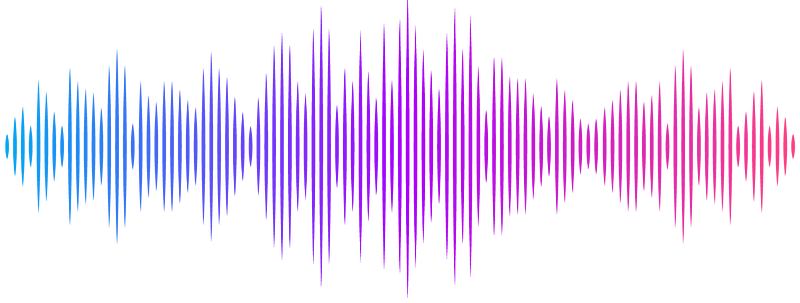The principles of expected and realised genetic relatedness among individual honeybees

The principles of expected and realised genetic relatedness among individual honeybees
Strachan, L.; Bubnic, J.; Petersen, G.; Gorjanc, G.; Obsteter, J.
AbstractMonitoring honeybee genetic variability is essential to manage global and local genetic diversity. Coefficients of relatedness are regularly used to measure genetic similarity within and between populations and their individuals. Although the haplo-diploid inheritance of honeybees is well understood, interpreting the various types of relatedness coefficients based on pedigree and genotype data is a challenge for researchers and practitioners in honeybee breeding. To demonstrate the principles of genetic relatedness in honeybees and its different individual-based estimators, we simulated three honeybee populations each containing 400 colonies over 10 years using the stochastic simulator SIMplyBee. We kept two populations closed and hybridised the third one by importing drones from one of the closed populations. We evaluated the relatedness between individuals within a colony, between queens of the same population, and between queens of different populations. We calculated three types of relatedness: expected identity by descent using pedigree information, realised identity by descent using pedigree and genotype information, and identity by state using genotype information. Our results demonstrated an alignment of mean relatedness across different types when calculated using the same founder population, regardless of their data source. Identity by state relatedness varied significantly when calculated with different founder populations. Although this is an expected result, it shows that caution is needed when comparing values between studies using different populations with different allele frequencies. We expectedly showed increased relatedness over time in closed populations and decreased in the hybrid population. Our results underscore the significance of understanding the methodology for computing relatedness coefficients.